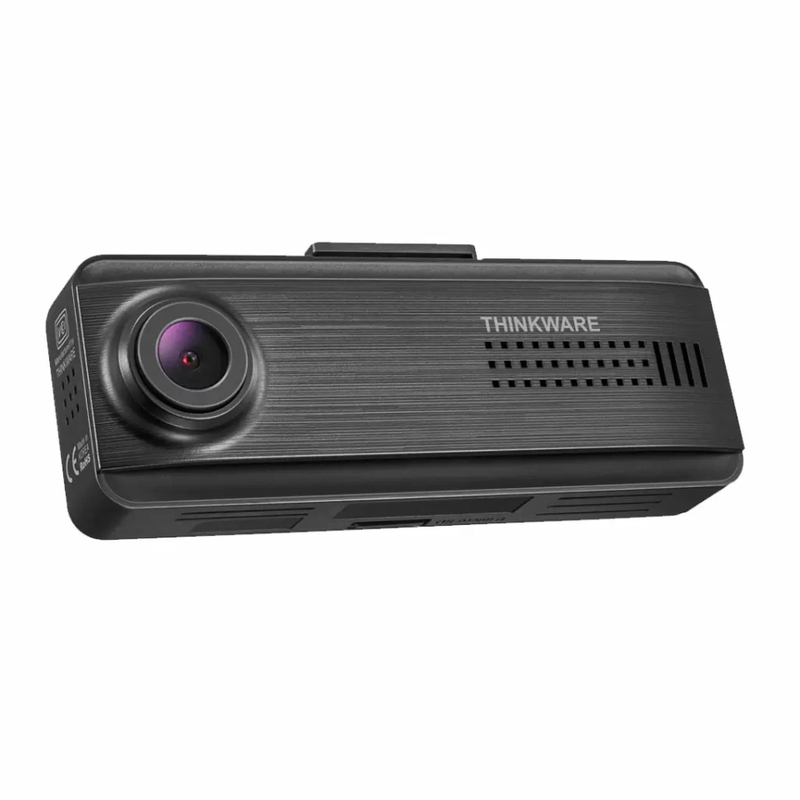Installing a dash cam in your vehicle is a wise decision that can provide numerous benefits, including enhanced safety, documentation of incidents, and potential insurance savings. Thinkware is a reputable brand known for its reliable dash cams, and installing one in your vehicle can be a straightforward process with the right guidance. In this guide, we\'ll provide you with top tips for an easy Thinkware Dash Cam Installation by RC Fleet Supply & Installation LTD in the UK.
- Choose the Right Thinkware Dash Cam Model
Before starting the installation process, ensure that you have chosen the right Thinkware dash cam model for your needs. Thinkware offers a range of dash cams with various features, including dual-channel recording, built-in GPS, and advanced parking mode. Selecting the appropriate model will ensure you get the most out of your investment.
- Gather the Necessary Tools and Accessories
To make the installation process smoother, gather all the tools and accessories you\'ll need beforehand. Typical tools include a trim removal tool, screwdrivers, cable ties, and a power drill. Additionally, make sure you have the necessary Thinkware dash cam accessories, such as adhesive mounts, cable clips, and the correct power cable.
- Positioning the Dash Cam for Optimal Coverage
Choose the optimal location for mounting your Thinkware dash cam. Ideally, the camera should be positioned near the rearview mirror to provide an unobstructed view of the road ahead. Make sure the camera is not obstructing your line of sight and is positioned to capture a wide-angle view for comprehensive coverage.
- Routing the Power Cable
Thinkware dash cams typically require a constant power source for continuous recording and parking mode functionality. To route the power cable discreetly, tuck it along the vehicle\'s headliner, A-pillar, and down to the vehicle\'s power outlet or fuse box. Use cable clips and adhesive mounts to secure the cable in place and prevent it from dangling or obstructing your vision.
- Connecting to the Vehicle\'s Power Supply
Thinkware dash cams usually come with a hardwiring kit for a more professional and tidy installation. This involves connecting the dash cam directly to the vehicle\'s fuse box. Consult the user manual and follow the provided instructions for the specific hardwiring kit included with your Thinkware dash cam. Ensure that the power source chosen is suitable for constant power and ignition-triggered power, depending on your preferences.
- Adjusting Camera Settings
Once the Thinkware dash cam is securely installed, it\'s essential to configure the camera settings according to your preferences. This includes adjusting video resolution, enabling or disabling audio recording, configuring parking mode settings, and setting up GPS functions. Refer to the user manual for step-by-step instructions on navigating the dash cam\'s settings menu.
- Updating Firmware
Before hitting the road, check if there are any firmware updates available for your Thinkware dash cam. Manufacturers often release updates to improve performance, fix bugs, and introduce new features. Connect the dash cam to your computer using the provided USB cable and follow the instructions on the Thinkware website to ensure your device is running the latest firmware.
- Testing the Dash Cam
Before relying on your Thinkware dash cam for recording crucial footage, conduct a thorough test. Ensure that the camera is recording properly, the video quality meets your expectations, and the settings are configured correctly. Drive around, check the recorded footage, and verify that the dash cam responds appropriately to different driving conditions.
- Adhering to Local Regulations
It\'s crucial to be aware of local regulations regarding the use of dash cams in the UK. While dashcams are generally legal, there are specific guidelines to follow. Ensure that the dash cam installation does not obstruct your view, and that the power cable routing complies with safety standards. Familiarize yourself with the Data Protection Act and General Data Protection Regulation (GDPR) to understand your responsibilities regarding the handling of recorded footage.
- Regular Maintenance and Checks
To ensure your Thinkware dash cam continues to function optimally, perform regular maintenance checks. Inspect the camera lens for any dirt or obstructions, clean the lens if necessary, and check the cable connections to ensure they are secure. Periodically review and format the memory card to free up space and prevent recording interruptions.
Conclusion
Installing a Thinkware dash cam in your vehicle can be a straightforward process if you follow these top tips. From choosing the right model to positioning the dash cam for optimal coverage and adhering to local regulations, these guidelines will help you make the most of your investment in enhanced vehicle safety and documentation. Remember that a well-installed and properly configured dash cam can provide peace of mind on the road, protect you in case of accidents, and contribute to a safer driving experience.



